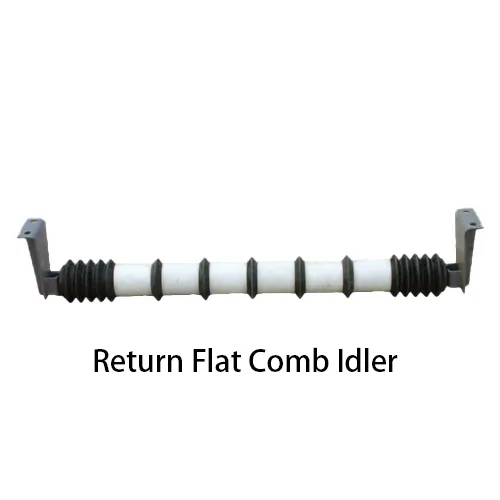 Afrikaans
Afrikaans  Albanian
Albanian  Amharic
Amharic  Arabic
Arabic  Armenian
Armenian  Azerbaijani
Azerbaijani  Basque
Basque  Belarusian
Belarusian  Bengali
Bengali  Bosnian
Bosnian  Bulgarian
Bulgarian  Catalan
Catalan  Cebuano
Cebuano  Corsican
Corsican  Croatian
Croatian  Czech
Czech  Danish
Danish  Dutch
Dutch  English
English  Esperanto
Esperanto  Estonian
Estonian  Finnish
Finnish  French
French  Frisian
Frisian  Galician
Galician  Georgian
Georgian  German
German  Greek
Greek  Gujarati
Gujarati  Haitian Creole
Haitian Creole  hausa
hausa  hawaiian
hawaiian  Hebrew
Hebrew  Hindi
Hindi  Miao
Miao  Hungarian
Hungarian  Icelandic
Icelandic  igbo
igbo  Indonesian
Indonesian  irish
irish  Italian
Italian  Japanese
Japanese  Javanese
Javanese  Kannada
Kannada  kazakh
kazakh  Khmer
Khmer  Rwandese
Rwandese  Korean
Korean  Kurdish
Kurdish  Kyrgyz
Kyrgyz  Lao
Lao  Latin
Latin  Latvian
Latvian  Lithuanian
Lithuanian  Luxembourgish
Luxembourgish  Macedonian
Macedonian  Malgashi
Malgashi  Malay
Malay  Malayalam
Malayalam  Maltese
Maltese  Maori
Maori  Marathi
Marathi  Mongolian
Mongolian  Myanmar
Myanmar  Nepali
Nepali  Norwegian
Norwegian  Norwegian
Norwegian  Occitan
Occitan  Pashto
Pashto  Persian
Persian  Polish
Polish  Portuguese
Portuguese  Punjabi
Punjabi  Romanian
Romanian  Russian
Russian  Samoan
Samoan  Scottish Gaelic
Scottish Gaelic  Serbian
Serbian  Sesotho
Sesotho  Shona
Shona  Sindhi
Sindhi  Sinhala
Sinhala  Slovak
Slovak  Slovenian
Slovenian  Somali
Somali  Spanish
Spanish  Sundanese
Sundanese  Swahili
Swahili  Swedish
Swedish  Tagalog
Tagalog  Tajik
Tajik  Tamil
Tamil  Tatar
Tatar  Telugu
Telugu  Thai
Thai  Turkish
Turkish  Turkmen
Turkmen  Ukrainian
Ukrainian  Urdu
Urdu  Uighur
Uighur  Uzbek
Uzbek  Vietnamese
Vietnamese  Welsh
Welsh  Bantu
Bantu  Yiddish
Yiddish  Yoruba
Yoruba  Zulu
Zulu accessory drive belt tensioner
Understanding the Accessory Drive Belt Tensioner
The accessory drive belt tensioner is a critical component of a vehicle's engine system, playing a vital role in maintaining the proper tension of the accessory belt. This belt powers various engine accessories, such as the alternator, power steering pump, water pump, and air conditioning compressor. The tensioner ensures that the belt operates effectively, preventing slippage or excessive wear and tear that could lead to component failure.
Functionality of the Tensioner
The primary function of the accessory drive belt tensioner is to apply constant pressure to the accessory belt, allowing it to remain taut during operation. As the engine runs, the belt experiences wear, thermal expansion, and movement that can affect its tension. The tensioner uses a spring-loaded mechanism to automatically adjust the tension as required, maintaining optimal performance levels. This automatic adjustment is essential for the longevity of the belt and the components it drives.
Types of Tensioners
There are generally two types of tensioners manual and automatic. Manual tensioners require the driver to adjust the tension whenever it becomes loose, which is often impractical in modern vehicles. Automatic tensioners, on the other hand, are self-adjusting, providing consistent tension without the need for intervention. Most contemporary vehicles are equipped with automatic tensioners, which enhance performance and reduce the risk of engine problems.
accessory drive belt tensioner

Signs of a Failing Tensioner
A malfunctioning accessory drive belt tensioner can lead to several issues. Common signs of a failing tensioner include unusual noises coming from the engine bay, such as squeaking or rattling sounds, which may indicate that the belt is slipping or that the tensioner itself is worn. Other symptoms can include a warning light on the dashboard or visible wear on the accessory belt. Addressing these issues promptly is crucial to prevent further damage to the engine and its components.
Maintenance and Replacement
Regular maintenance is vital for ensuring the accessory drive belt tensioner's longevity. Routine inspections can help identify early signs of wear, allowing for timely replacement. Generally, it is recommended to replace the tensioner along with the accessory belt during routine servicing intervals. This proactive approach can save drivers from costly repairs in the long run.
Conclusion
In conclusion, the accessory drive belt tensioner serves as a crucial component in vehicle performance and reliability. By ensuring the correct tension on the accessory belt, the tensioner helps maintain the functionality of essential engine accessories. Regular inspections and maintenance are key to keeping this component in optimal working condition, ultimately ensuring a smooth and safe driving experience.
-
Revolutionizing Conveyor Reliability with Advanced Rubber Lagging PulleysNewsJul.22,2025
-
Powering Precision and Durability with Expert Manufacturers of Conveyor ComponentsNewsJul.22,2025
-
Optimizing Conveyor Systems with Advanced Conveyor AccessoriesNewsJul.22,2025
-
Maximize Conveyor Efficiency with Quality Conveyor Idler PulleysNewsJul.22,2025
-
Future-Proof Your Conveyor System with High-Performance Polyurethane RollerNewsJul.22,2025
-
Driving Efficiency Forward with Quality Idlers and RollersNewsJul.22,2025





























